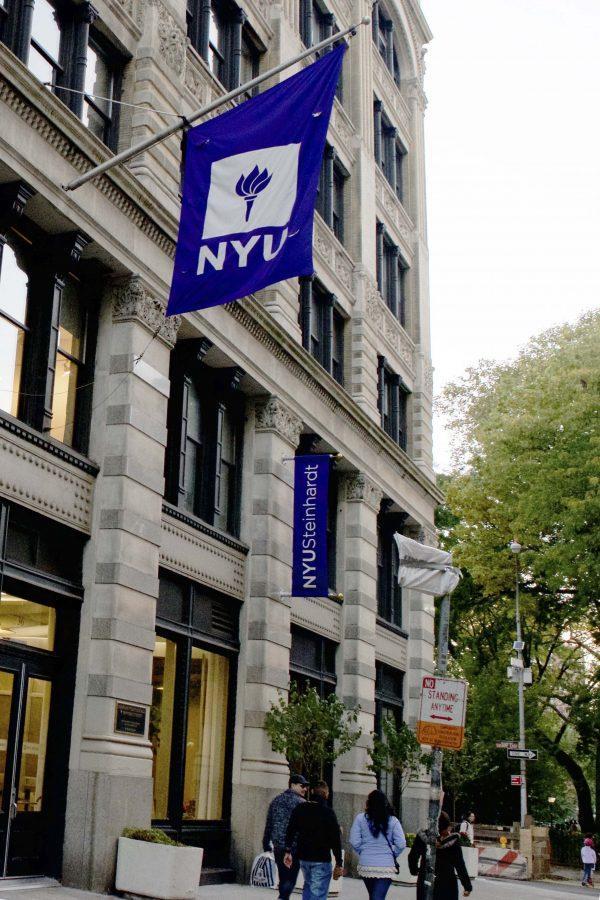Steinhardt Professors Receive $1.4 Million Grant
NYU Steinhardt and NYU Psychology researchers were awarded a NSF Grant of $1.4 million to study brain activity of students and teachers in the classroom.
May 1, 2017
College of Arts and Science Professor of Psychology and Neural Science David Poeppel and Steinhardt Professor of Science Education Catherine Milne received a $1.4 million grant from the National Science Foundation to study the brain activity of students and teachers in high school science classrooms.
The three-year project, which began in April, involves the use of electroencephalogram technology — headsets that wirelessly record brain activity. Milne said that the goal of the research is to increase understanding of the high school science learning process and find pathways to help students learn better.
Milne said that she predicts attentive students will be more likely to have brain waves that synchronize with those of their teachers.
“You know that any typical science classroom is a highly dynamic social environment with teachers and students interacting face-to-face, and yet we know so little about how the brain supports these social exchanges,” Milne said. “Our project seeks to explore these interactions under natural classroom contexts using wireless EEG machines.”
Milne said that the first study within the project, which will test the EEG instruments, will consist of student volunteers from NYU and other schools in a laboratory setting.
“We aim to investigate how the relationship between student engagement, sustained attention and learning outcomes is mediated by brain-to-brain synchrony between the teacher and students as well as between students,” Milne said.
Milne thinks that this project offers the chance to look more closely at the functional working of the brain to see if the results of the study support their external assessments of engagement.
Steinhardt Vice Dean Pamela Morris said that the project has the potential to answer multidisciplinary questions about classroom learning and engagement.
“This research is a prime example of what interdisciplinary research at NYU can accomplish,” Morris said. “Bringing together expertise from Steinhardt on STEM education and from the Department of Psychology of Neuroscience.”
She said that this collaborative project could make sustainable traction on larger cross-cutting questions on engagement, and learning outcomes that would be challenging to address from the perspective of a single-discipline.
“NYU Steinhardt is committed to a wide range of research activities that seek to enhance our understanding of the world around us, including in the field of education science,” Morris said.
A version of this article appeared in the Monday, May 1 print edition.
Email Caroline Haskins at [email protected]



























































































































































